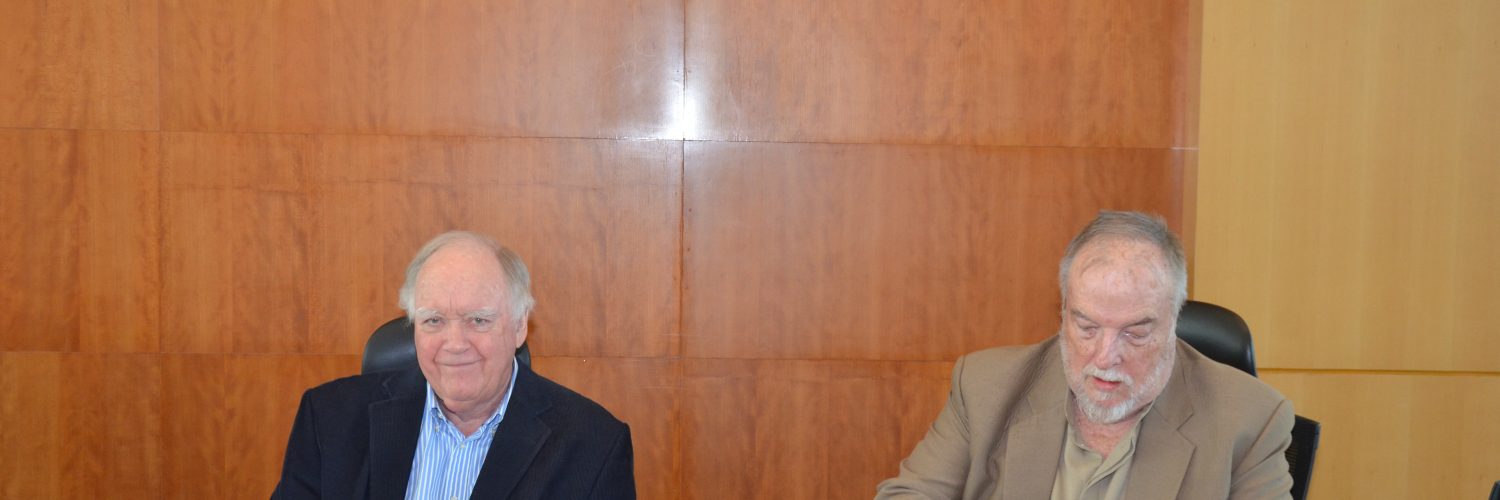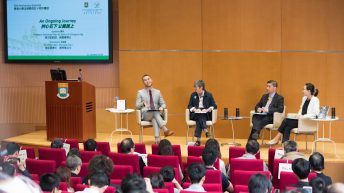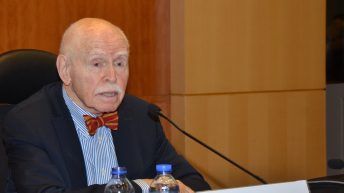Date: 24Jan 2017
SYNOPSIS:
This lecture will address the topic of art that is deemed to be non-authentic, art that in other discussions might be referred to as “fakes” or “forgeries” (although it will be explained why criminologists prefer to avoid these terms). How can we be sure that any given art object is “authentic”? Conventionally, there are three approaches suggested as aids for examining claims about the authenticity of a given art object. First, one can submit the work to some form of scientific investigation to assess its origins. Second, the art object can be examined by known experts who have experience with the art in question, who as connoisseurs might be able to assess the claims made for the art. Third, the provenance, or ownership history, of the art can be examined to determine if a clear trail can be drawn from the time it was created by the original artist to the present time. Using case studies, this lecture will consider the strengths and weaknesses of each of these approaches, drawing some conclusions about their relevance and import in a contemporary environment where art fraud is said to be at disturbing levels. FULL DETAILS




